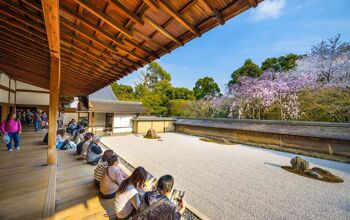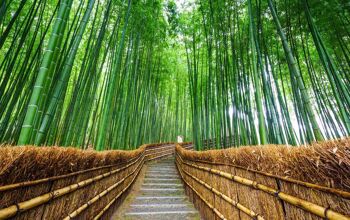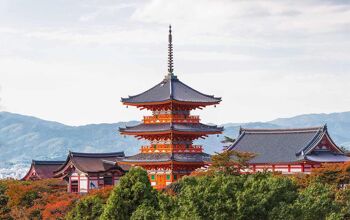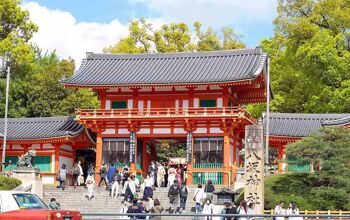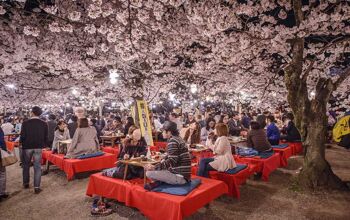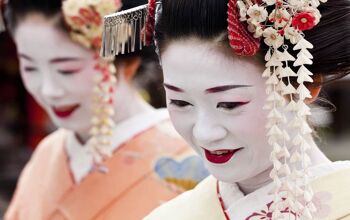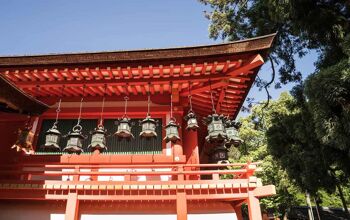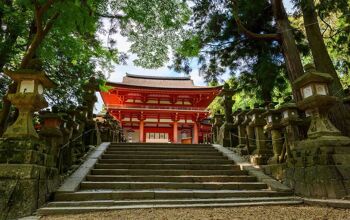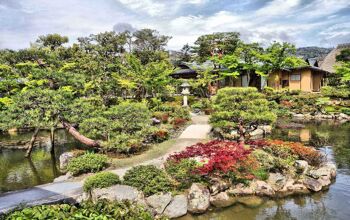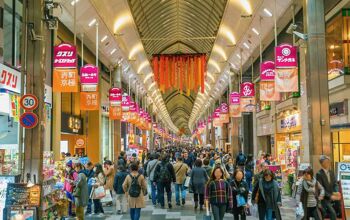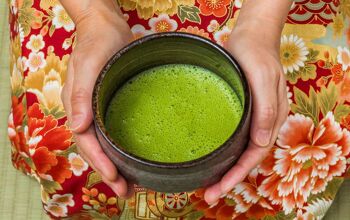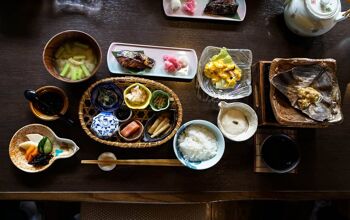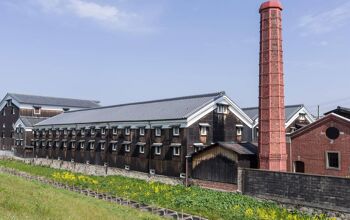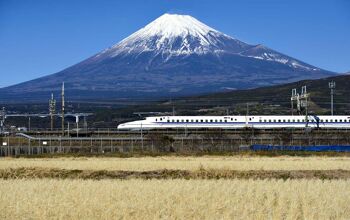Kyoto, Kansai, Japan
First built in 1397 as a shogun Ashikaga Yoshimitsu’s retirement villa, but then transformed into a Zen temple upon his death in 1408, no sight better highlights the former capital’s glory than this gilded temple casting a shimmering reflection into its islet-studded pond.
Taking in the view while strolling Kinkakuji’s garden pathways is a timeless experience. So, despite having UNESCO World Heritage status, it can be a surprise to hear that the current structure only dates to 1955. That’s when Kinkakuji was rebuilt after being burnt down by a crazed monk in 1950.
Hats off to the artisans who painstakingly recreated it – it’s stunning
Good for age: 8+


